Air Gap Vs Non-Air Gap Faucets for Reverse Osmosis System
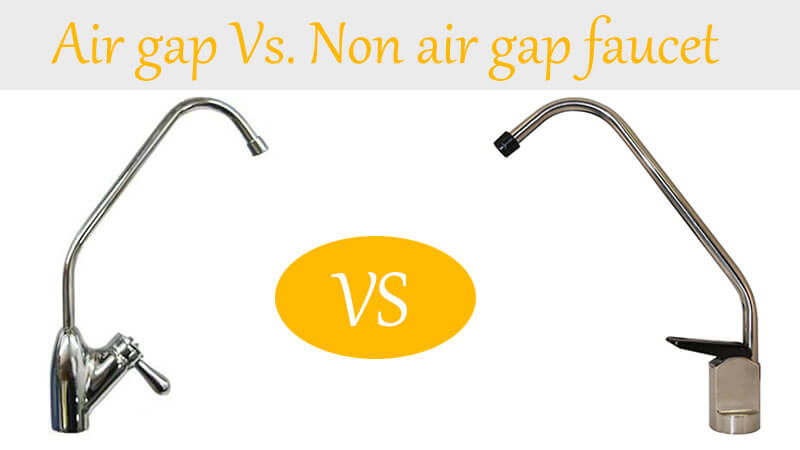
In general, Reverse Osmosis system is always equipped with standard air gap faucets, but some Reverse Osmosis system manufacturers also provide non air gap faucet as an alternative. So, What’s the difference between air gap vs non air gap faucets for Reverse Osmosis system? In this post, we will introduce to you what an air gap faucet is and the differences between air gap and non air gap faucets, and the pros and cons of air gap and non air gap faucets.
Table of contents:
- What is an air gap faucet
- How does an air gap faucet work
- What is the difference between air gap and non air gap faucets
- Pros and cons of air gap faucets
- Pros and cons of non air gap faucets
- Final thoughts
1. What is an air gap faucet
Not all water filtration devices are equipped with a drain assembly. In the reverse osmosis system, you can choose the drainage pipe assembly. Because of the drainage component in the reverse osmosis system, you can use an air gap faucet as a faucet filter.
The air gap faucet can be used in conjunction with the reverse osmosis system under the sink. The main job of the air gap is to ensure that all drainage flows out of the reverse osmosis system and does not flow back to the filtered water.
2. How does an air gap faucet work
The air-gap faucet is used together with the reverse osmosis device under the sink. Because no air gap is required, they are never used with filters. The purpose of the air gap faucet is not only to transport drinking water from the RO device like all faucets, but also to provide an air gap for the drainage system of the RO device.
The air gap is a rupture of the siphon to ensure that the drainage does not flow back from the domestic drainage system to the reverse osmosis device. When the faucet handle is pressed, the pipe delivers permeated water or purified water to the user through the high spout. The other two pipes are part of the drainage system.
Waste water is generated when the reverse osmosis device is in operation. The waste water flows from the central pipe in the picture into a small open slot in the base of the faucet. The drain flows along the open gutter until it falls through a hole to the top of the larger pipe on the right side of the picture. The large pipe is connected to the lower sink discharge pipe. The water flows down the pipe under the action of gravity and enters the drain pipe under the sink.
3. What is the difference between air gap and non air gap faucets
The reverse osmosis system will automatically send some water to the drain; this is because the reverse osmosis transfers all the impurities it filters to the drain. Obviously, the drain pipe is connected to some type of faucet; this can be an air-gap and a non-air-gap faucet.
The difference between air gap and non-air gap is very simple. The air-gap faucet will provide a physical barrier between the infiltration filtration system and the sink drain. Obviously, there is a reason for this design, more specifically to prevent clogging of the sink drain.
Air-gap faucets do not have the physical barrier of air-gap faucets; this means that the drain will eventually enter the sink drain.
4. Pros and cons of air gap faucets
Pros:
System protection: If the drain pipe of the sink is blocked, the interruption of the physical circuit in the air gap system ensures that the water will not be siphoned back into the RO system, which may damage the equipment and contaminate the membrane.
Piping code: In many areas, local piping codes require the use of air-gap faucets with RO systems, and air-gap faucets are only applicable to air gap RO systems.
Cons:
Clogging: The small pipes and sinks on the air gap system can cause deposits to clog, causing water to flow back to the sink or countertop.
Noisy: There is a physical air barrier in the tank, and water drops into the tank. The air-gap faucet will gurgle when the tank is full.
Hard to install: additional pipes and connections make installation cumbersome.
5. Pros and cons of non air gap faucets
Pros:
Lower cost: Generally speaking, the price of non-air gap systems is lower than that of air gap systems in the same quality situation.
Noiselessness: Since the drain pipe of the RO membrane flows directly into the drain pipe of the sink, so there is no any noise.
Easy to install: fewer connections and pipes make non air gap faucet much easier to install.
Cons:
Potential damage: If the drain pipe is returned, the RO system may be damaged or the membrane may be contaminated.
Piping code: In some cities/counties, non-air-gap faucets are considered to be inconsistent with local plumbing codes.
6. Final thoughts
The air-gap faucet is much useful for Reverse Osmosis systems. It can prevent any kind of backflow of water. Plumbers strongly recommend that RO systems use air-gap taps. You can use other equipment to stop the water backflow, but an air- gap faucet is the best choice. Who wants dirty water to enter their reverse osmosis system? So there is nothing wrong with using an air gap tap to clean the water. Now you know the differences and pros&cons between an air gap faucet and a non-air gap faucet.
 WOWOW Faucets
WOWOW Faucets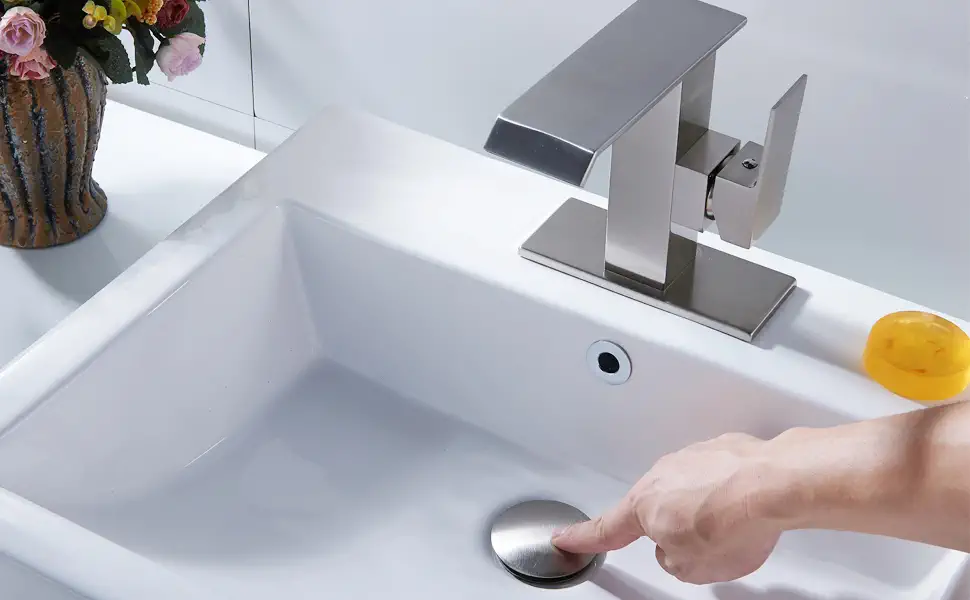
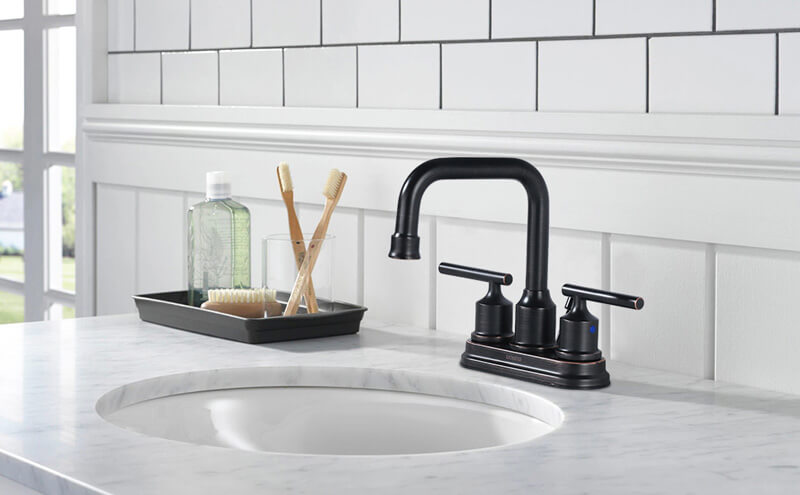

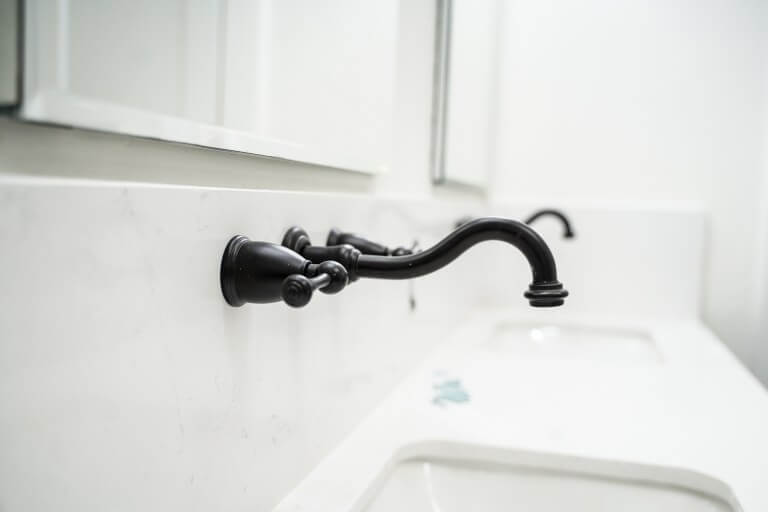
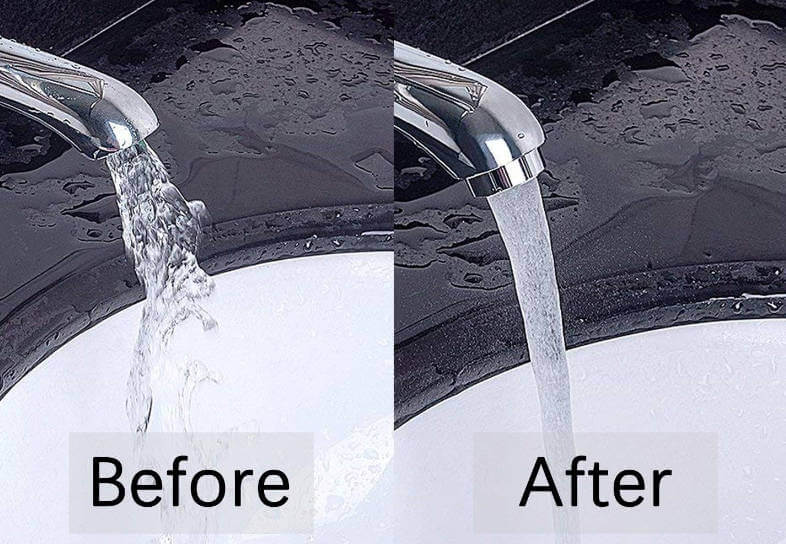

您好!Please sign in